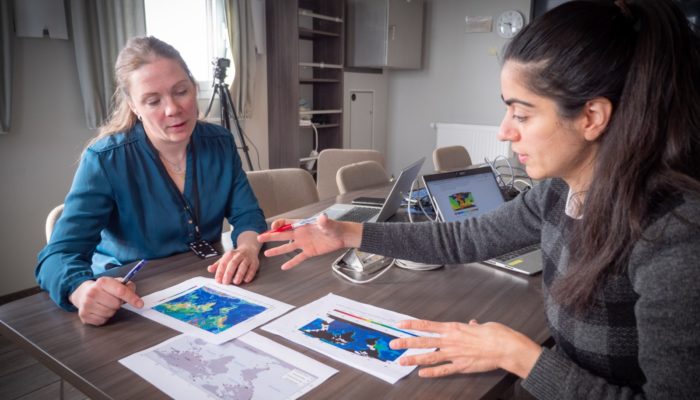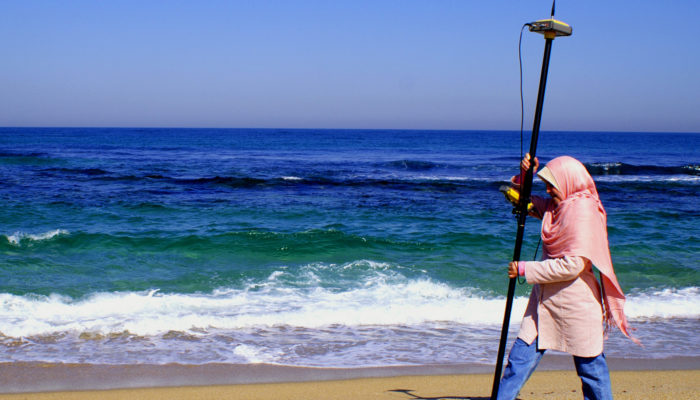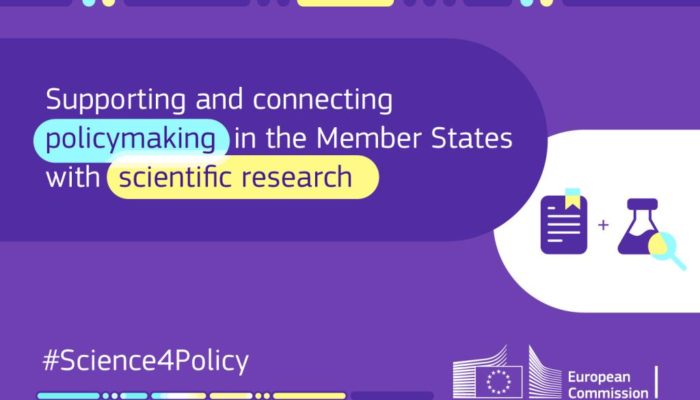About a decade ago, I wrestled with a dilemma no one seemed to relate to: I loved science with all my heart, but what if I didn’t want to be a scientist all my life? Was there room in the world for me to pursue another career while still being in the scientific field? What were my options? Who would I turn to? But more importantly, who could I become? Today, I am the Media and Communications Offic ...[Read More]
Are you ready to vote for your favourite Division blog of 2022?
It’s that time of the year again! With the holiday season around the corner, many of us tend to reflect on the year gone by, with its ups and downs, and lessons and learnings. At EGU, reflection is a year-long process, but we like to end our year on a note of appreciation: for yet another year of impressive blog posts submitted and published across the EGU’s official blog, GeoLog, and our di ...[Read More]
A Pedagogical Dance: EGU’s Teacher-Scientist Pairing Scheme

An email from Giuliana Panieri, a geology professor at the Arctic University of Norway (UiT) in Tromsø, cracked my pandemic bubble late last year. She invited me to join an unconventional expedition (AKMA OceanSenses) to the Arctic Ocean, where scientists worked hand-in-hand with other societal actors, to integrate different kinds of knowledge and create tools that help open up people’s minds to a ...[Read More]
GeoPolicy: A new step to build robust science-for-policy ecosystems in Europe
On 25 October, The European Commission published a Staff Working Document that aims to help Member States build capacity to use scientific knowledge more effectively in their policymaking processes. This month’s GeoPolicy Blog post provides a summary of the Staff Working Document that outlines key science for policy challenges and the EU instruments, resources and policy frameworks that can help M ...[Read More]



